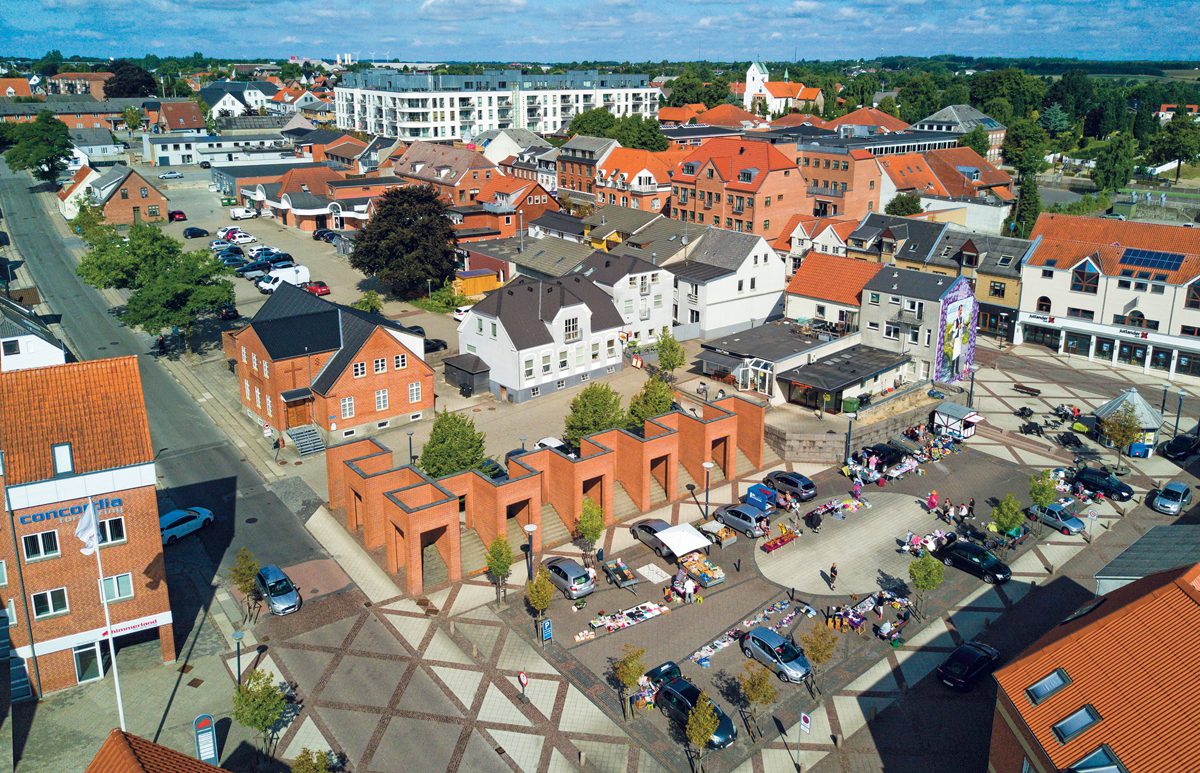Spare and evocative ‘buildings without purpose’ by the Danish artist are celebrated in a new book by Thomas Bo Jensen
‘Per Kirkeby / Architecture’, by Thomas Bo Jensen, Edition Bløndal, 312pp, 60 euros
The celebrated Danish artist Per Kirkeby (1938-2018) built more structures in his lifetime than many architects. While best known for his paintings, Kirkeby embraced sculpture, film, poetry, art criticism, travel writing, ballet sets and theatrical costumes and film – he was a friend a collaborator of maverick filmmaker Lars von Trier – as well as architecture. Invariably built in brick, these “buildings without purpose” always did have a purpose, but not necessarily a prescribed function. Often elemental in form, and reflective of his lifelong passion for geology, they serve as reminders that buildings not only enclose space but just as importantly make the space around them.
‘The Three Chapels’, Kirkeby-Feld, at the Museum Insel Hombroich, near Neuss in Germany. Kirkeby and architect Morten Kjelstrup built the pavilions, which house exhibition galleries, in 2003 (phs: Stiftung Insel Hombroich, Ole Meyer)
Some were sited in cities, and others in the countryside, some were temporary and others permanent, but all encouraged the visitor to engage with the physical presence of the work in a way that can’t be achieved with two-dimensional artworks.
‘Plan’, built at Huesca in Spain in 2009, comprises two overlapping squares in plan, forming a smaller inner square, and providing a progression of spaces with views to the surrounding mountains (ph: Andres Ferrer)
A new book, ‘Per Kirkeby – Architecture’, written by Thomas Bo Jensen, professor at Aarhus school of arhitecture, and beautifully produced in generous format by designer Michael Jensen and publisher Torsten Bløndal, provides a comprehensive account of Kirkeby’s 13 permanent works and many more temporary and unbuilt. It will doubtless seed an interest far beyond the small band of Kirkeby accolytes.
‘Meander Wall’, Frankfurt (1996, ph: Søren Friis)
The artist’s foray into architecture began in the 1970s, when he married Danish red-brick traditions, drawing on his childhood in Copenhagen, with archetypal forms – the cave, the labyrinth and the primitive hut, according to Bo Jensen. “No matter how we toss and turn brick”, Kirkeby said, “there is no one on this earth, whether from Bali or Trondheim, who can escape the fact that brick has something historic to it. Even the purest brick also embodies an aura of feelings, stories, and associations”.




































